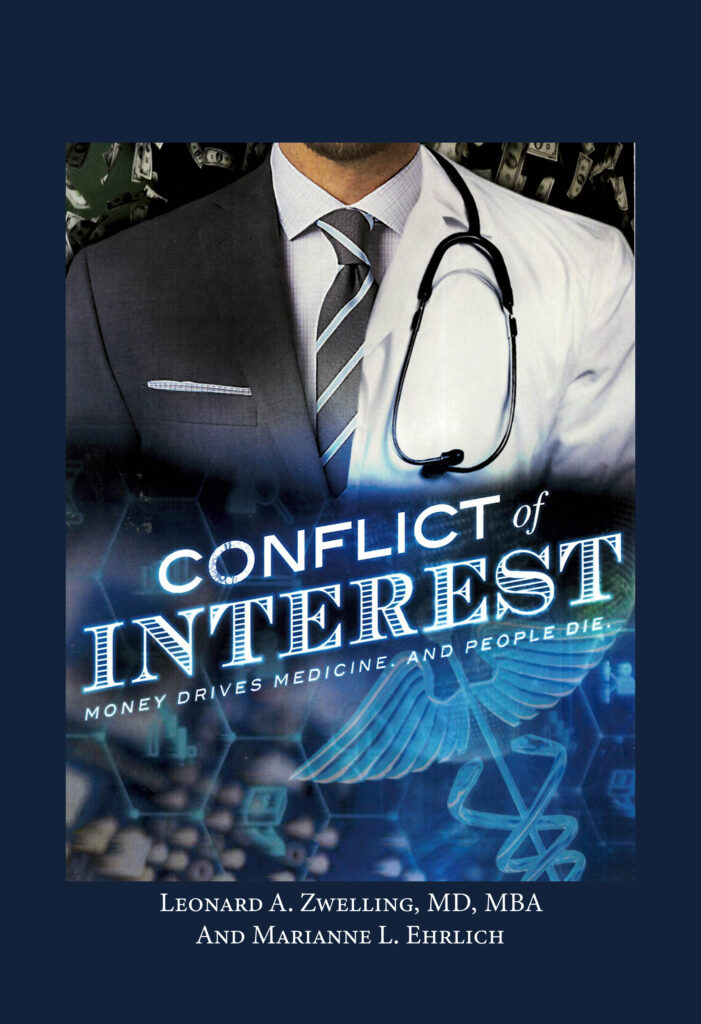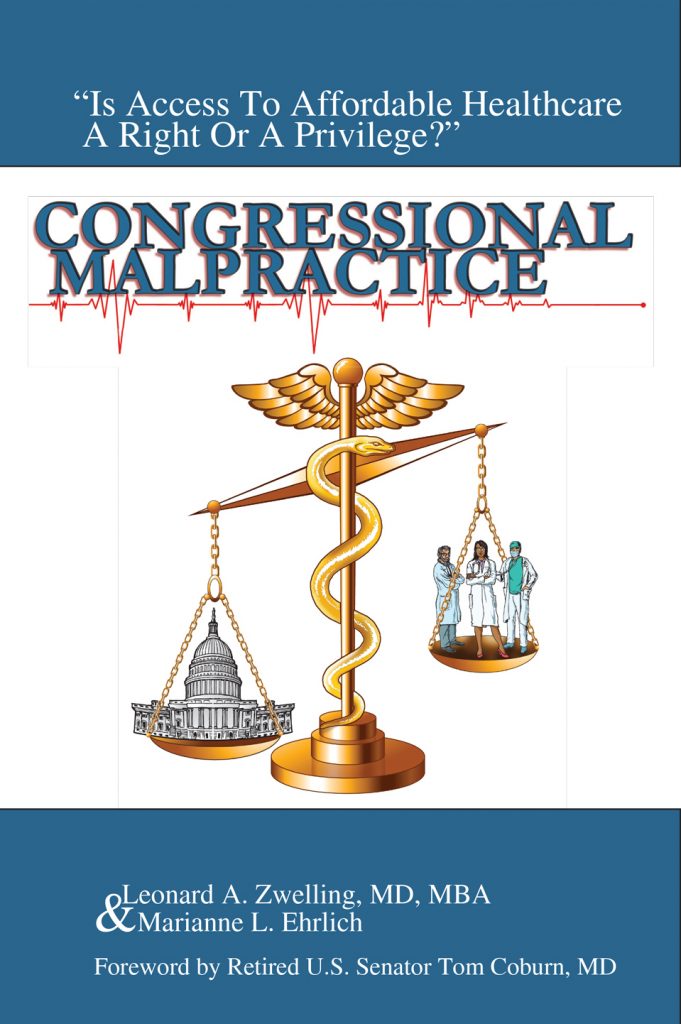Personalized Cancer Treatments and The Microbiome: If Tumor DNA Sequencing Could Only Solve The Problem, But It Can’t
By
Leonard Zwelling
I’m in the middle of a fascinating new book called I Contain Multitudes by Ed Yong. It’s about the microbiome, the planet’s worth of bacterial and viral species that live on and in us and that influence the state of our health and disease. I don’t know if the microbiome is the “final frontier” of medicine, but it is the next one. It seems that there are all kinds of relationships that exist between vertebrates, invertebrates and the smaller creatures that live in and on them that determine such important parameters as life and death. And we are mucking with them with an overabundance of cleanliness, Caesarian sections, the use of formula to feed our children, and, of course, the use of antibiotics, both appropriately and inappropriately.
What you come away from the first half of the book thinking is that even twins are not really alike. What creatures live in and on them determine to some extent the state of their health and that makes everyone on the planet an N of one.
The same is probably true of cancer as Tannock and Hickman stress in their recent article in the New England Journal of Medicine called “Limits to Personalized Cancer Medicine” (http://www.nejm.org/doi/full/10.1056/NEJMsb1607705).
As would be expected from these two thinkers this is a superb presentation of the data that support, once again, that while genomics may be a way to categorize cancers, the variations within one cancer, or one cancer patient, let alone among a group of patients with “breast cancer” is likely to make each of these patients a functional N of one as well.
This latter point leaves the regulatory system for the approval of new drugs in shambles.
If we cannot group patients with similar diseases and cannot expose them to a predetermined experimental therapeutic regimen (protocol), how will we ever know how to develop new drugs to treat cancer? Good question!
The answer will probably rely on the use of massive data analysis as is suggested by another opinion piece in the same issue of the NEJM (http://www.nejm.org/doi/full/10.1056/NEJMp1606181).
There can be no doubt that medicine in general and cancer medicine in particular is at a significantly complicated crossroads where a “lumper” regulatory system is running head-on into a “splitter” system by which cancers are being characterized in the laboratory.
I think this leaves us in an uncomfortable, but not wholly hopeless place.
On the one hand, the manner in which clinical cancer trials have been performed for the last 50 years is going to need to change and we don’t quite know what that is going to look like yet. It may well be that every single patient will have to serve as his or her own control as the cancer research community Brailles its way through the genome, proteome, microbiome, and all the other “omes” to determine what the real determinants of malignancy are (e.g., driver mutations) and then how to apply the information to the testing of new compounds and other forms of therapy. On the other hand, diagnosis itself may alter if a biopsy in the traditional sense and even with accompanying genomics, does not fully characterize the disease in a patient with multiple metastatic foci. Even triple negative breast cancers will vary from patient to patient, but any clinician could have told you that.
Finally, not only may the cancer determine the success or failure of any trial drug, the microenvironment built by that cancer, and the influence of the microbiome of the host, the host’s immune status and the capacity of that host to metabolize and deliver drugs to tumor beds may all be playing major roles in determining the success or failure of any new molecular entity deemed worthy of testing by any IRB or the FDA.
This has gotten far more complex than was ever imagined when I began my journey into clinical oncology in 1975. It does, or should, make you humble. It shouldn’t encourage any moon shots or pronouncements of the same by anyone including the current Vice President of the United States. That is intellectually as foolish as most of the things coming out of Donald Trump’s mouth.
The “omic” revolution, systems biology, and the definition of a “system” as including both the normal cells of an organism, the possible presence of cancer, and the undercurrent of the microbiome should give every physician in the world pause. We’ve got a long way to go. Let’s take it a step at a time. One small step—no giant leaps quite yet.




